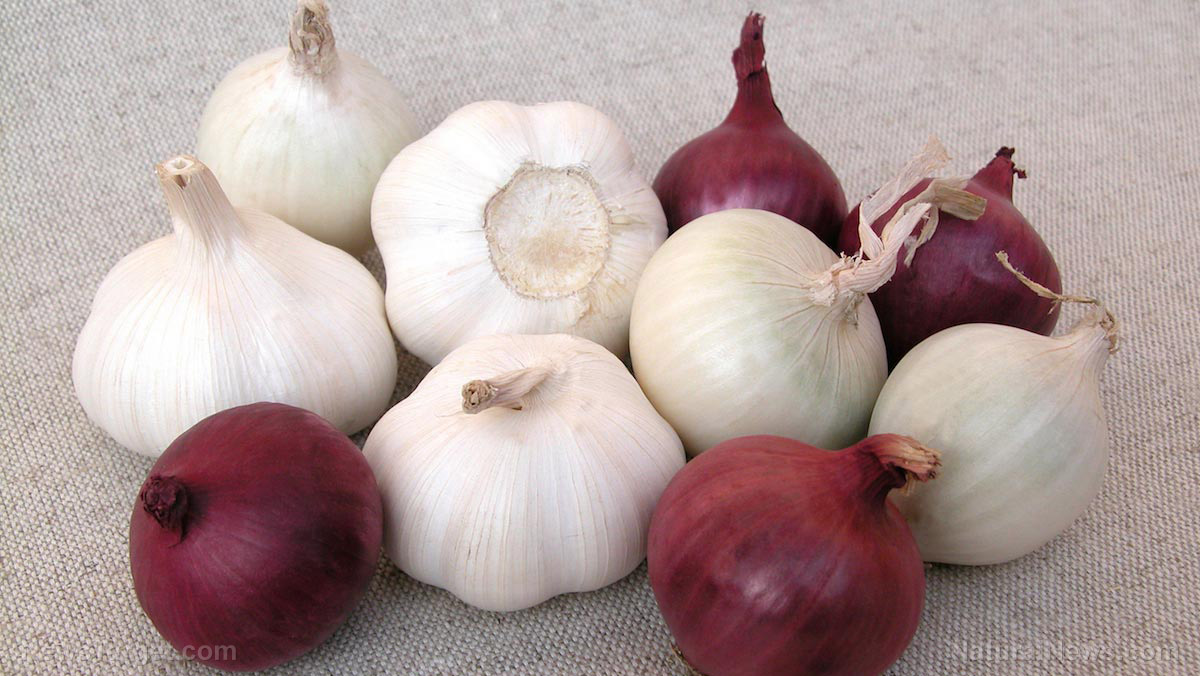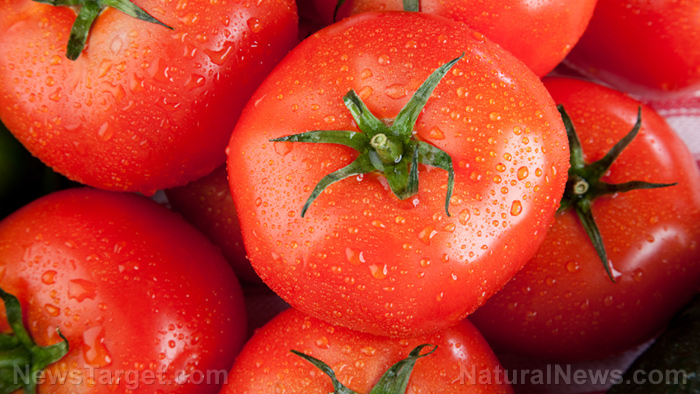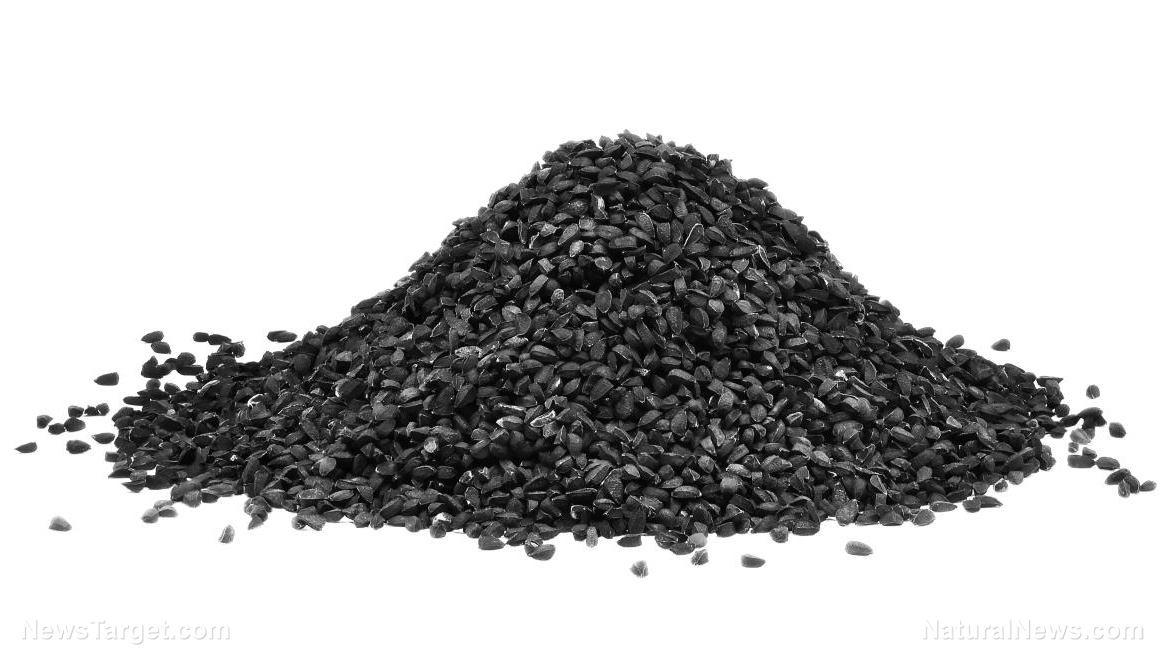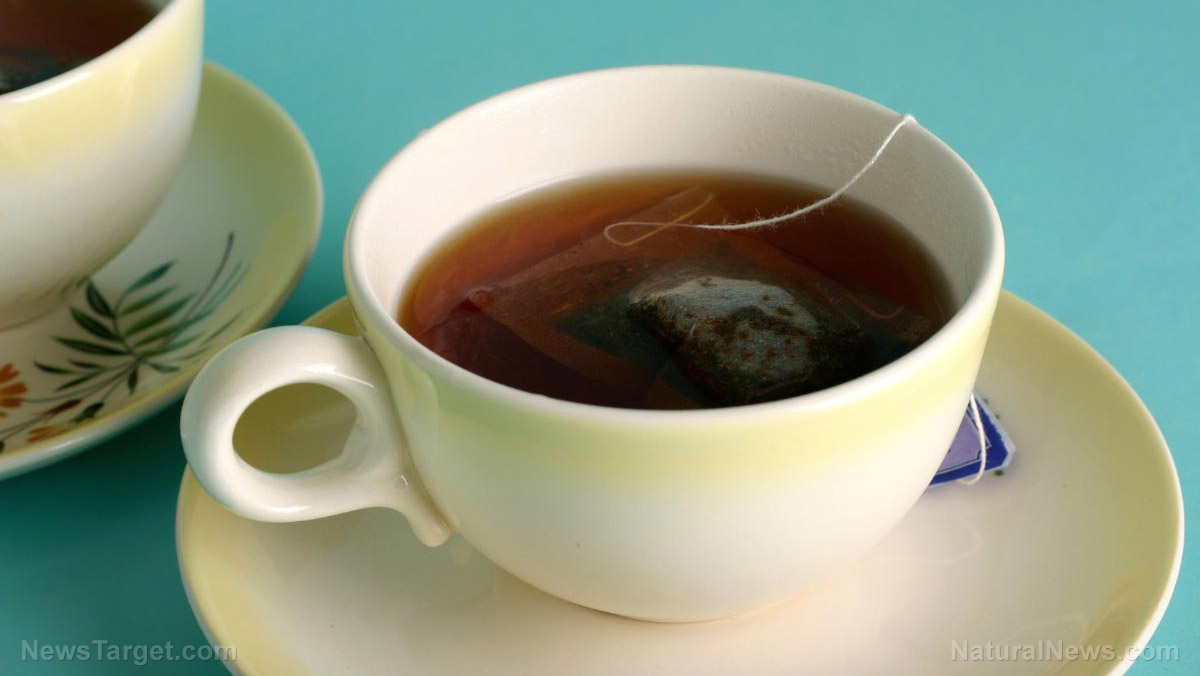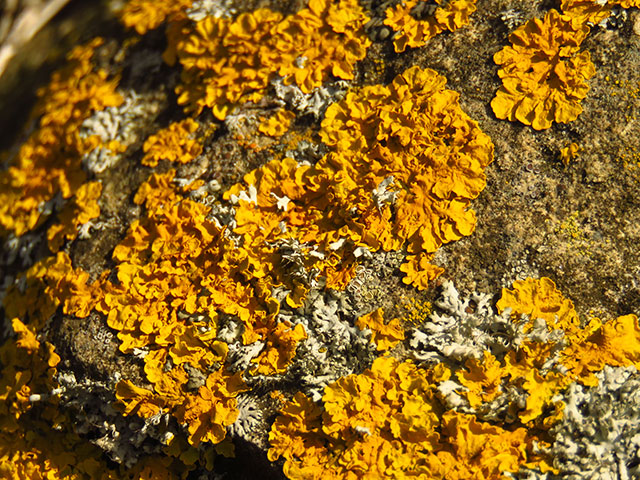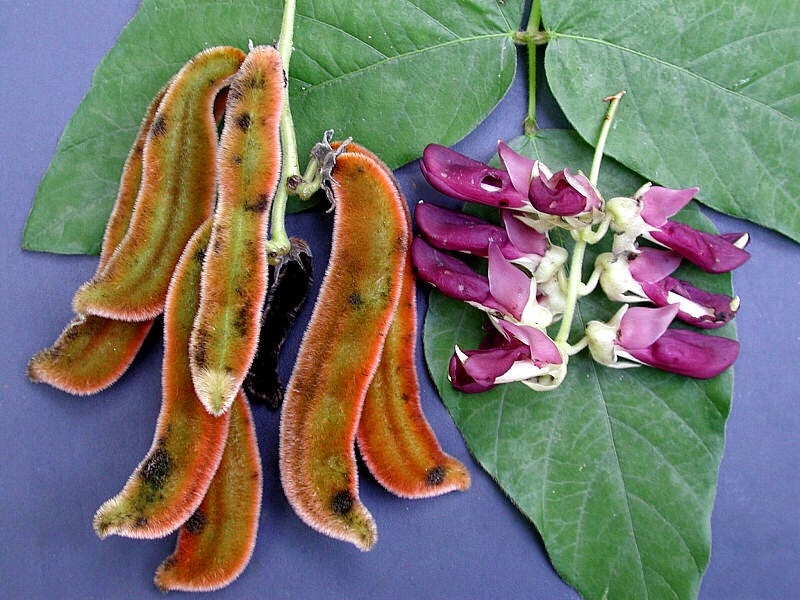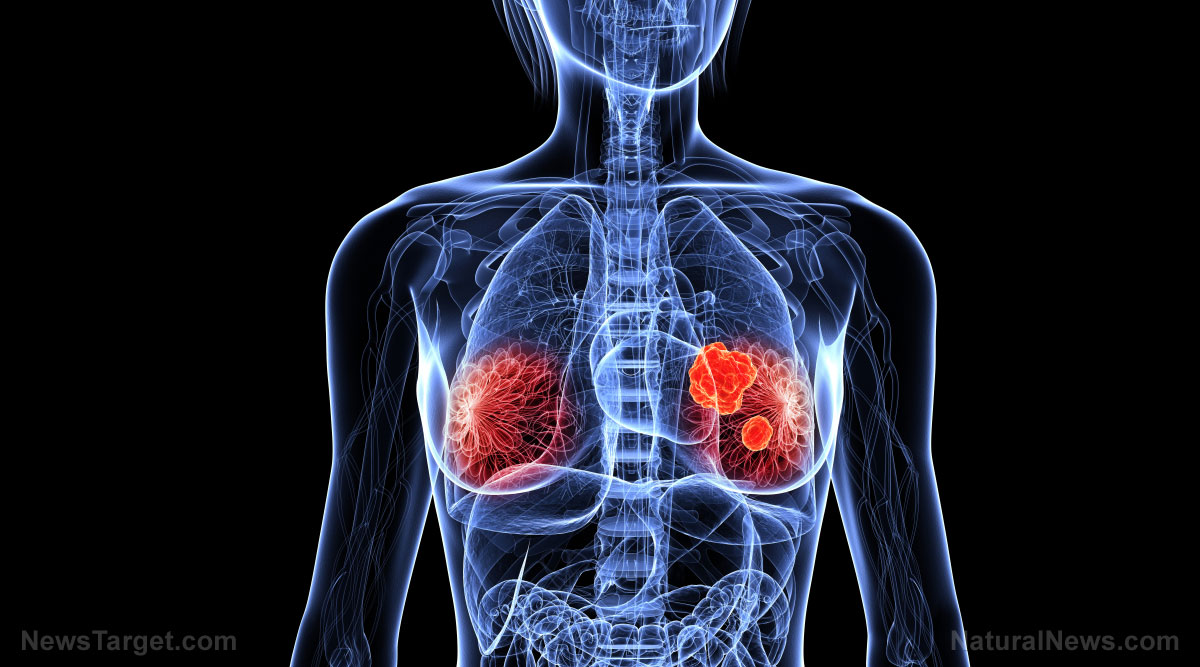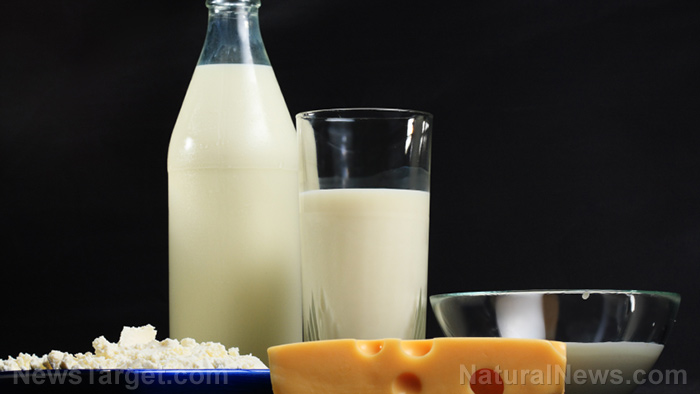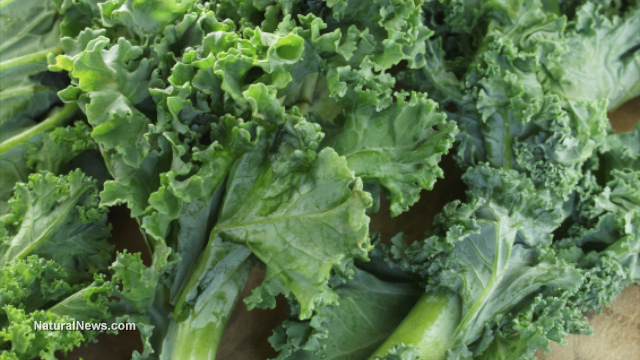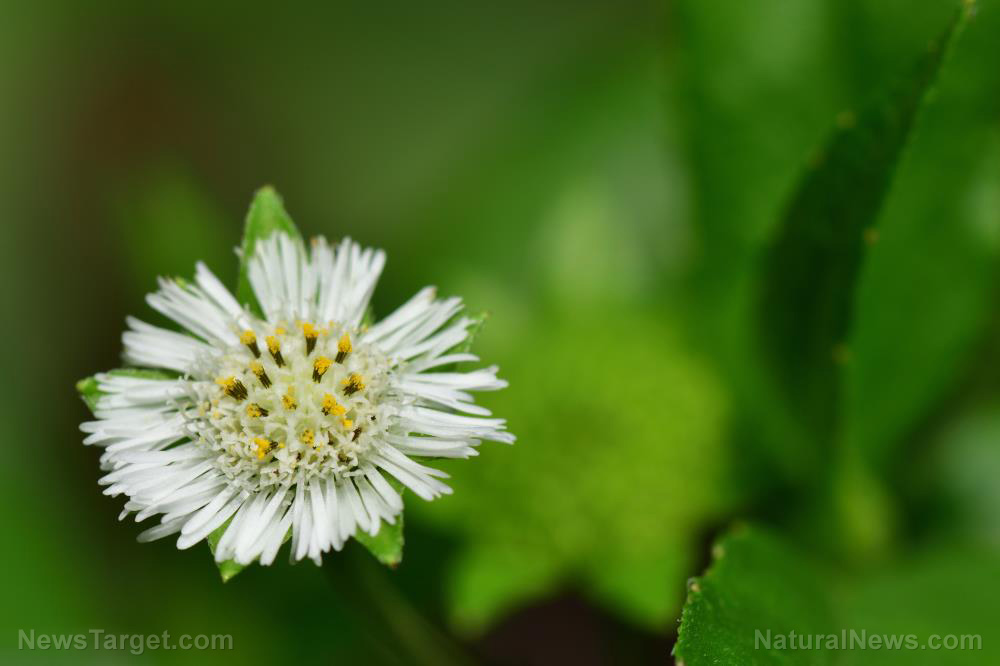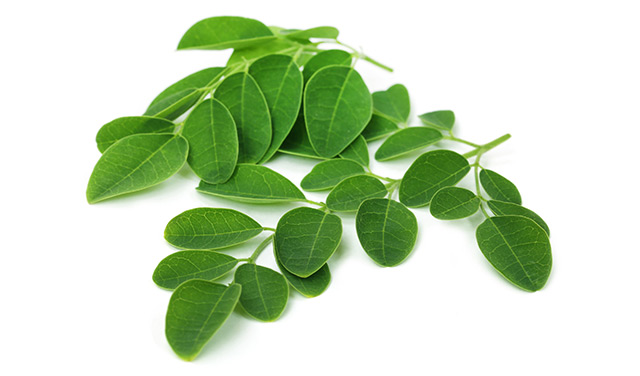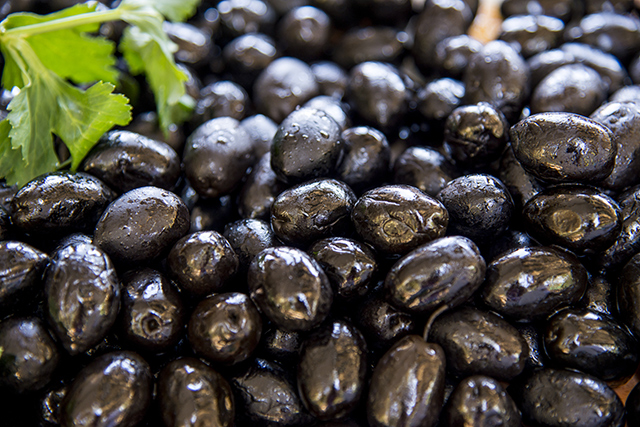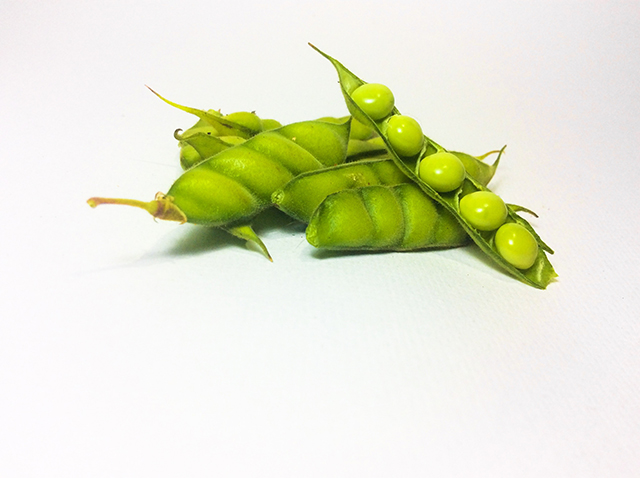The jute mallow has an impressive nutritional profile
10/03/2018 / By Michelle Simmons
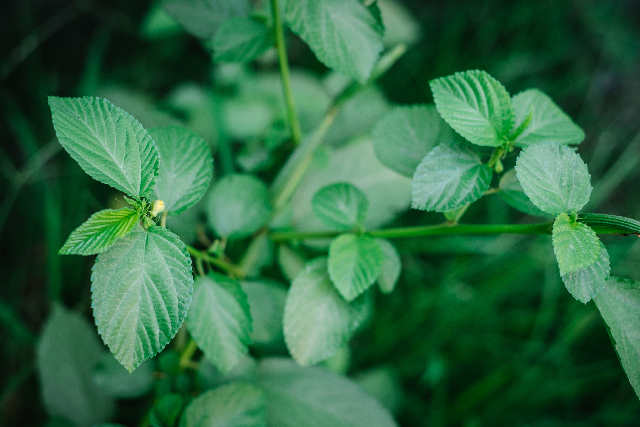
Research has found that the leaf extracts of jute mallow (Corchorus olitorius) have an impressive nutritional profile, making them a potentially great antioxidant, anti-inflammatory, anticancer, and cardiovascular system modulatory agent. The study, published in the European Journal of Medicinal Plants, looked at the phytochemical composition and acute toxicity effect of jute mallow leaf extracts in mice.
- Jute mallow has been used in medicine as a demulcent, diuretic, purgative, bitter tonic, laxative, refrigerant, carminative, and lactagogue.
- In this study, a team of researchers from the Michael Okpara University of Agriculture in Nigeria dried and extracted the leaves of jute mallow.
- The research team carried out a phytochemical analysis on the jute mallow leaf extract.
- The jute mallow leaf extract’s acute toxicity value was tested on 12 mice that were given different doses of the extract ranging from 100 milligrams per kilogram (mg/kg) to 5,000 mg/kg.
- Based on the phytochemical analysis, the leaf extract of jute mallow contains flavonoids, steroids, terpenes, phenolic compounds, alkaloids, saponins, tannins, and cardiac glycoside.
- There were also 46 compounds found in the extract, the most prominent of which was 2-Dodecenal.
- The presence of these phytochemical compounds suggests that the plant is packed with bioactive substances that possess healing properties.
- Based on the acute toxicity evaluation, jute mallow leaf extract has been proven safe even at a dose of 5,000 mg/kg.
In conclusion, jute mallow is rich in bioactive compounds and can potentially be used as a safe and effective treatment for many diseases.
Read the full text of the study at this link[PDF].
To read more stories on medicinal plants like jute mallow, visit Superfoods.news today.
Journal Reference:
Orieke D, Ohaeri OC, Ijeh II, Ijioma SN. IDENTIFICATION OF PHYTOCOMPONENTS AND ACUTE TOXICITY EVALUATION OF CORCHORUS OLITORIUS LEAF EXTRACT. European Journal of Medicinal Plants. 23 April 2018; 23(1): 1-16. DOI: 10.9734/EJMP/2018/38739
Tagged Under: alternative medicine, cardiovascular health, Corchorus olitorius, food cures, herbal medicine, Herbs, Jute mallow, nalta jute, nutrients, nutrition

